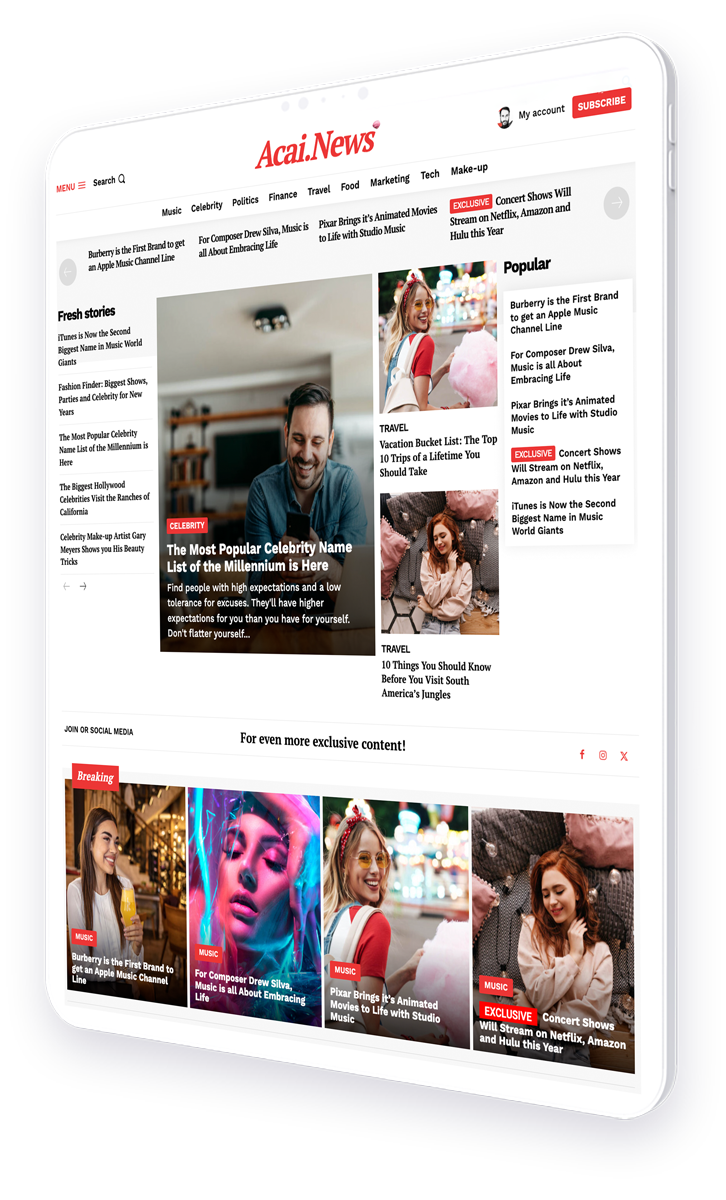Evaluating the right time for businesses to expand from blogging to magazine publishing
In the digital age, content is king. Brands are constantly seeking ways to engage their audience, build authority, and drive conversions. While blogs have been a staple in content marketing strategies, many brands are now considering the transition to magazine publishing. But when is the right time to make this shift? This article explores the factors that influence a brand’s decision to expand from blogging to magazine publishing, providing insights and examples to guide businesses in making informed decisions.
The Rise of Blogging: A Foundation for Content Marketing
Blogging has long been a cornerstone of content marketing. It offers a platform for brands to share insights, showcase expertise, and connect with their audience. According to HubSpot, companies that blog receive 55% more website visitors than those that don’t. This statistic underscores the importance of blogging as a tool for driving traffic and building brand awareness.
Benefits of Blogging
- Cost-Effective: Blogging is relatively inexpensive compared to other forms of content marketing.
- SEO Benefits: Regularly updated blogs improve search engine rankings.
- Audience Engagement: Blogs allow for direct interaction with readers through comments and social media shares.
When to Consider Transitioning to a Magazine
While blogging offers numerous benefits, there comes a time when a brand may consider expanding its content strategy to include magazine publishing. Here are some indicators that it might be time to make the transition:
1. Established Audience Base
If your blog has a loyal and engaged audience, it may be time to offer them more in-depth content through a magazine. A magazine allows for a deeper exploration of topics, providing value to readers who are already invested in your brand.
2. Desire for Brand Authority
Magazines are often seen as more authoritative than blogs. By transitioning to a magazine, brands can position themselves as industry leaders, offering expert insights and comprehensive analysis.
3. Need for Diversified Content
Magazines offer a platform for diverse content formats, including interviews, case studies, and long-form articles. This variety can attract a broader audience and keep existing readers engaged.
Case Studies: Successful Transitions from Blog to Magazine
Several brands have successfully made the transition from blogging to magazine publishing. Let’s explore a few examples:
Case Study 1: Airbnb’s Pineapple Magazine
Airbnb launched Pineapple Magazine as a way to connect with its community of hosts and travelers. The magazine features stories about unique travel experiences, offering readers a deeper connection to the Airbnb brand. This transition allowed Airbnb to showcase its commitment to storytelling and community building.
Case Study 2: Net-a-Porter’s The Edit
Net-a-Porter, an online luxury fashion retailer, launched The Edit as a digital magazine to complement its e-commerce platform. The magazine features fashion editorials, interviews, and style advice, positioning Net-a-Porter as a fashion authority. This move helped the brand engage its audience beyond traditional product listings.
Challenges and Considerations
While the transition to magazine publishing offers numerous benefits, it also comes with challenges. Brands must consider the following:
1. Resource Allocation
Producing a magazine requires significant resources, including time, money, and talent. Brands must ensure they have the capacity to produce high-quality content consistently.
2. Audience Expectations
Transitioning to a magazine may change audience expectations. Brands must ensure that the content aligns with their audience’s interests and needs.
3. Distribution Strategy
Magazines require a different distribution strategy than blogs. Brands must consider how they will reach their audience, whether through digital platforms, print distribution, or both.
Conclusion: Making the Right Decision for Your Brand
Transitioning from a blog to a magazine is a significant step in a brand’s content strategy. It offers the opportunity to deepen audience engagement, build authority, and diversify content offerings. However, it also requires careful consideration of resources, audience expectations, and distribution strategies. By evaluating these factors and learning from successful case studies, brands can make informed decisions about when and how to expand their content strategy.
Ultimately, the decision to transition from a blog to a magazine should be based on a brand’s unique goals and audience needs. By understanding the benefits and challenges of magazine publishing, brands can create a content strategy that drives growth and success.
For more insights on content strategy and marketing trends, visit Content Marketing Institute.




